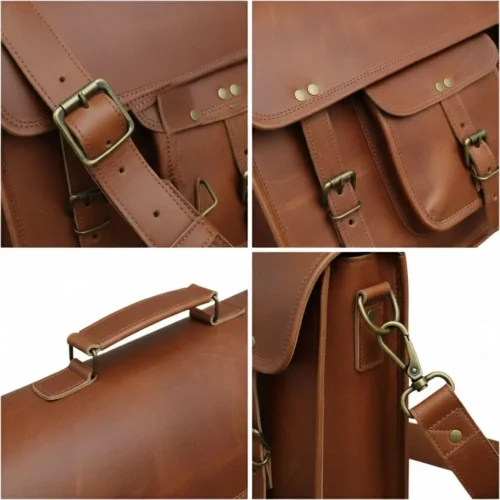
🚛 FREE SHIPPING | LIFETIME REPAIR WARRANTY | 20% Sale: “NEWYEAR20”
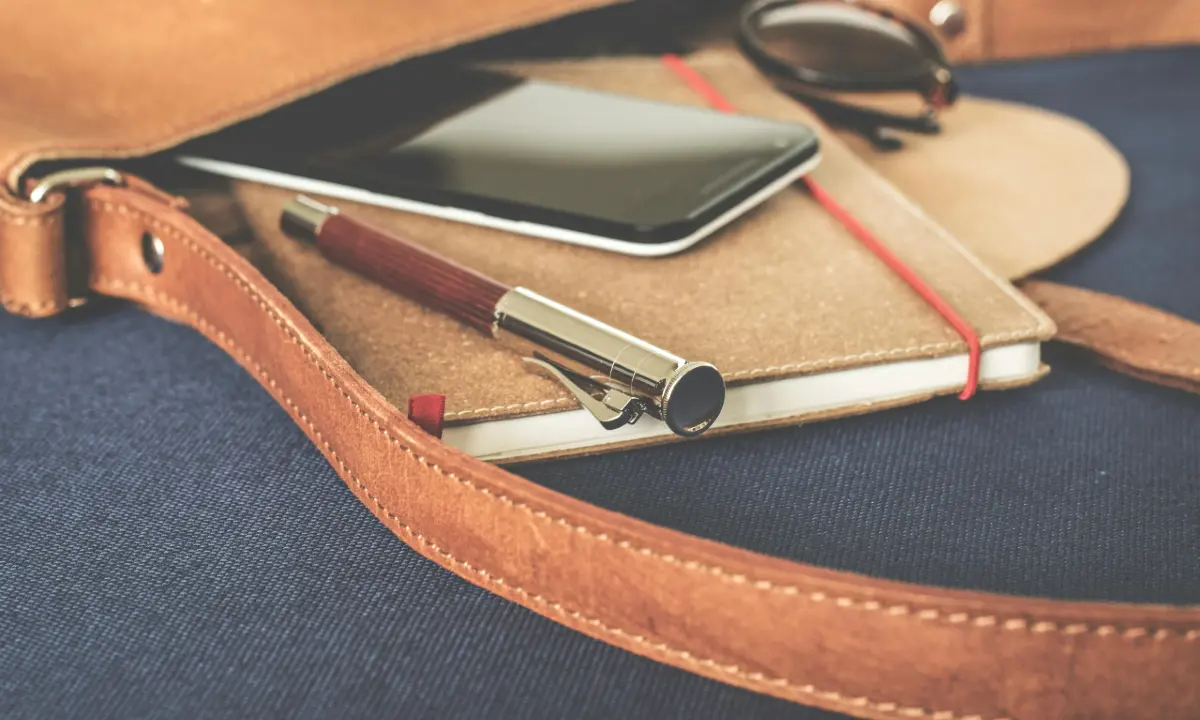
Discovering the different types of journaling can transform your self-reflection journey. There are numerous types of journals to suit various preferences and goals. For instance, bullet journals, gratitude journals, and travel journals each cater to unique needs. Understanding these journaling types helps in selecting the right kinds of journal for you. To maintain this habit, set a regular schedule, create a dedicated space, and be flexible with your journaling types. Experimenting with different ways to journal ensures you find what resonates best.
Journaling is the practice of recording thoughts, experiences, and reflections in written form. It can take many forms, from daily logs to detailed narratives, depending on the individual’s preferences and goals. There are various types of journaling to explore, such as gratitude journals, bullet journals, and travel journals. Each type of journal serves a unique purpose, allowing for personalization and creativity. For those who appreciate a tactile experience, a leather journal adds a touch of elegance and durability. By understanding the different journaling types, individuals can find the kinds of journal that best suit their needs and lifestyles.
Journaling offers numerous benefits that contribute to personal growth and well-being. It helps in organizing thoughts, managing stress, and enhancing self-awareness. Different styles of journaling, such as reflective journaling or goal-oriented journaling, cater to various aspects of mental and emotional health. Exploring different ways to journal can uncover methods that resonate with you, making it easier to maintain the habit. Additionally, understanding the different types of journaling allows you to select the most effective approach for your goals. Whether you prefer digital formats or the timeless appeal of a leather journal, consistent journaling can lead to significant improvements in mental clarity and emotional stability.
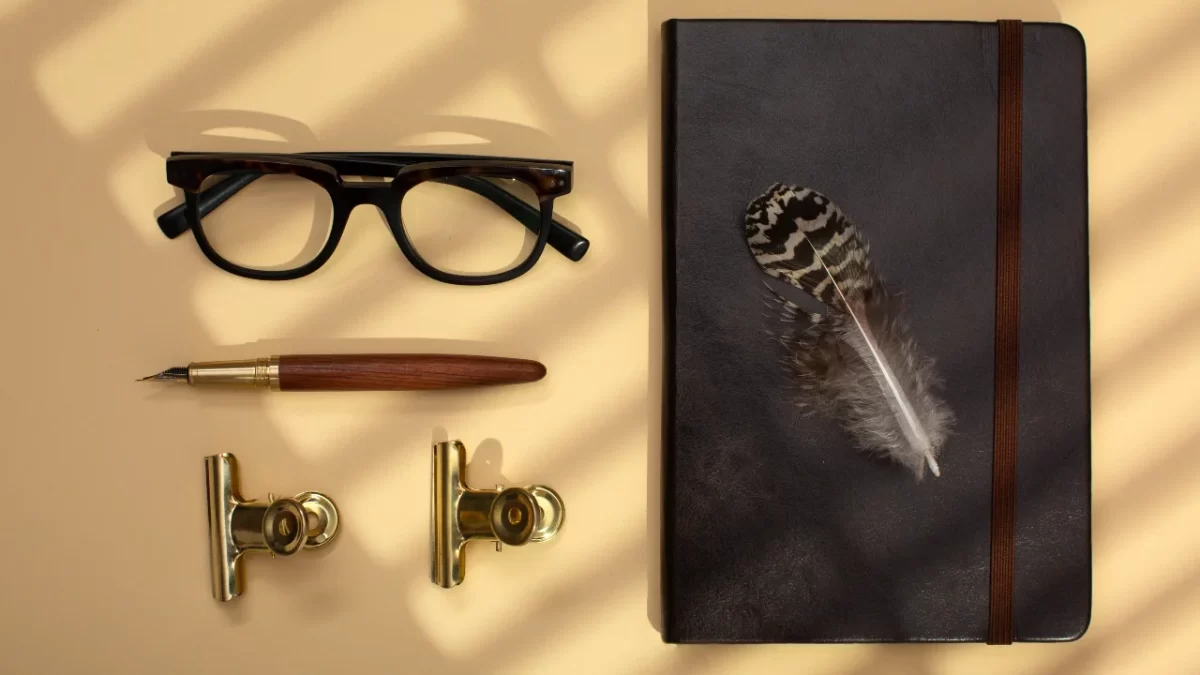
Exploring the different types of journaling can help you find the best method for self-expression and personal growth. Here are eleven popular types of journals to consider, each offering unique benefits and approaches.
Traditional journaling involves writing about daily experiences, thoughts, and emotions. This kind of journal is a classic way to document life events and reflect on personal growth. Traditional journaling offers flexibility in content and structure, allowing for a free flow of ideas. It’s a great way to start if you’re new to journaling types and looking for a simple, effective method.
Bullet journaling is a highly organized and customizable style of journaling. It combines task lists, calendars, and diary entries into one format. This method uses bullet points and symbols to quickly log information, making it ideal for those who enjoy structured, concise entries. Different ways to journal within a bullet journal include habit tracking, goal setting, and creative doodling.
Gratitude journaling focuses on recording things you are thankful for each day. This type of journal helps shift your mindset towards positivity and appreciation. By regularly noting down moments of gratitude, you can enhance your emotional well-being and foster a more optimistic outlook. This style of journaling is straightforward and can be integrated easily into your daily routine.
Reflective journaling involves deep thinking and analysis of your experiences and emotions. This kind of journal encourages introspection and personal insight, helping you understand your thoughts and behaviors better. Reflective journaling is beneficial for personal development and mental health, providing a space to process complex feelings and learn from past experiences.
Art journaling is a creative type of journal that combines visual art with written expression. This kind of journal can include sketches, paintings, collages, and mixed media elements, making it a versatile option for artists and non-artists alike. Art journaling allows for a freeform approach, encouraging exploration of different mediums and styles of journaling. It’s an excellent way to tap into your creativity and document your artistic journey.
Travel journaling is perfect for documenting your adventures and experiences on the road. This type of journal typically includes descriptions of places visited, cultural observations, and personal reflections. It often incorporates photos, maps, and memorabilia, creating a rich, multi-sensory record of your travels. Travel journaling is one of the different ways to journal that captures the essence of your journeys, allowing you to relive those moments later.
Dream journaling involves recording your dreams upon waking. This kind of journal helps you explore your subconscious mind and track recurring themes or symbols in your dreams. Dream journaling can enhance self-awareness and provide insights into your emotional state. It’s a unique style of journaling that connects you with your inner thoughts and can be used as a tool for personal growth and understanding.
Fitness journaling is a practical type of journal for tracking your exercise routines, dietary habits, and progress towards fitness goals. This kind of journal can include workout plans, meal logs, and measurements, offering a comprehensive view of your fitness journey. By documenting your efforts and outcomes, fitness journaling helps you stay motivated and accountable, making it a valuable tool for anyone committed to a healthier lifestyle.
Reading journaling is designed for avid readers who want to track their reading habits and reflect on their literary experiences. This type of journal can include book reviews, favorite quotes, and personal insights. Reading journals help you remember key takeaways from the books you read and allow you to engage more deeply with the material. It’s a delightful style of journaling for book lovers looking to enhance their reading experience.
Idea journaling is ideal for capturing thoughts, concepts, and inspirations as they occur. This type of journal serves as a repository for brainstorming sessions, project plans, and creative ideas. Idea journaling supports innovation and problem-solving by providing a dedicated space to explore and develop new concepts. It’s one of the most dynamic journaling types, perfect for entrepreneurs, creatives, and thinkers.
Mood journaling involves tracking your emotional states and identifying patterns over time. This kind of journal can include daily entries about your feelings, triggers, and coping strategies. Mood journaling helps you gain insight into your emotional health and recognize trends that impact your well-being. It’s a therapeutic style of journaling that can support mental health and promote self-awareness.
Journaling offers numerous benefits, making it a valuable practice for individuals seeking personal growth and mental clarity. Among the various types of journaling, each kind of journal provides unique advantages. For example, reflective journals enhance self-awareness, while gratitude journals promote a positive mindset. Exploring different ways to journal can help you find the most effective method for your needs. By engaging in journaling types like bullet journaling or mood journaling, you can improve your organizational skills and emotional intelligence. Ultimately, the styles of journaling you choose can lead to a deeper understanding of yourself, reduced stress levels, and enhanced overall well-being.

Establishing a regular journaling habit can be a transformative practice, offering clarity, creativity, and emotional balance. Here are the best tips to help you create a consistent and fulfilling journaling routine, embracing different types of journaling and exploring various styles of journaling.
One of the most effective ways to integrate journaling types into your daily routine is by setting a consistent time for it. Choose a time of day when you can commit without interruptions, whether it’s first thing in the morning or before bed. A consistent schedule helps in forming a habit, making journaling a natural part of your daily life. By dedicating a specific time, you ensure that journaling becomes a priority, allowing you to explore various types of journals regularly.




Beginning with manageable goals is crucial when adopting different ways to journal. Start with just five minutes a day or a few sentences to avoid feeling overwhelmed. As you become more comfortable, you can gradually increase the duration and depth of your entries. This approach makes it easier to experiment with kinds of journal formats, ensuring you find what resonates best with you. Remember, the goal is consistency, not perfection.
In the hustle and bustle of daily life, it’s easy to forget your journaling practice. Setting a reminder on your phone or calendar can be a simple yet effective way to stay on track. Reminders help reinforce the habit, making it less likely that you’ll skip a session. This technique is particularly useful when exploring different types of journaling, as it keeps the practice at the forefront of your mind, encouraging regular engagement.
Having a dedicated space for journaling can enhance your experience, making it a special and anticipated part of your day. Whether it’s a cozy corner in your home or a favorite spot in a café, ensure that the space is comfortable and free from distractions. Personalizing your journaling space with candles, music, or comfortable seating can make it a sanctuary for reflection and creativity. This sacred space supports various styles of journaling, providing a conducive environment for introspection.
Tracking your journaling progress is an excellent way to stay motivated and observe your growth. You can use a simple checklist, a dedicated section in your journal, or a digital app to monitor your entries. Reflecting on your progress can highlight patterns and insights, showing how different types of journaling impact your thoughts and feelings over time. This practice not only keeps you accountable but also reinforces the positive outcomes of your journaling habit.
Incorporating these tips into your routine can help you develop a sustainable and rewarding journaling practice. By exploring different types of journaling and journaling types, you can find the methods that best support your personal growth and creativity.
Exploring the types of journaling can significantly enrich your personal growth and mental well-being. By understanding various types of journals, such as gratitude, dream, or bullet journals, you can find the kinds of journal that best suit your needs. There are many journaling types available, each offering unique benefits and approaches. Whether you prefer different types of journaling for reflection or productivity, discovering different ways to journal can enhance your routine. Experiment with various styles of journaling to find what resonates with you and helps you maintain a consistent practice. Embrace the journey and watch as journaling transforms your life.
The best type of journaling depends on your personal goals and preferences. If you’re looking to improve mental health, expressive writing or gratitude journaling might be ideal. For creativity, bullet journaling or art journaling can be more suitable. Ultimately, exploring different types of journaling will help you find what works best for you. Remember, there is no one-size-fits-all answer, and the best approach is to experiment with various journaling types.
There are numerous types of journaling, each serving different purposes and interests. Some common types of journals include gratitude journals, bullet journals, travel journals, dream journals, and food journals. Additionally, there are specific styles of journaling like digital journaling and traditional pen-and-paper methods. The diversity allows individuals to choose from a wide range of options that best fit their lifestyle and goals.
Both diaries and journals have their unique benefits, and the choice between them depends on your needs. Diaries often focus on daily events and personal reflections, while journals can cover a broader range of journaling types and topics. Journals might include goal setting, creative writing, or specific themes like travel or gratitude. Exploring different types of journaling can help you determine which format suits your personal growth and expression best.
The best way to journal is the method that feels most natural and sustainable for you. Start by experimenting with different ways to journal, such as free writing, guided prompts, or using a structured format like bullet journaling. Consistency is key, so find a routine that fits your schedule and preferences. By exploring various styles of journaling, you can discover the most effective way to capture your thoughts and experiences.
For beginners, a simple and flexible format like a bullet journal or a gratitude journal is often recommended. These kinds of journal provide structure while allowing room for creativity and personalization. Bullet journals, in particular, are versatile and can be tailored to fit various needs, making them an excellent starting point for those new to journaling. Trying out different types of journaling can help beginners find their preferred style.
Starting a journal is easy and can be tailored to your preferences. Begin by choosing a journal that appeals to you, whether it’s a notebook or a digital app. Decide on the journaling types you want to explore, such as daily reflections, goal tracking, or creative writing. Set aside a regular time each day to write, and start with short, manageable entries. Over time, you can experiment with different ways to journal to keep the practice engaging and fulfilling.
Journaling is powerful because it provides a safe space for self-expression and reflection. It helps in processing emotions, setting goals, and fostering creativity. By exploring different types of journaling, individuals can find methods that enhance their mental clarity, emotional well-being, and personal growth. The act of writing can be therapeutic, offering insights and perspectives that contribute to a deeper understanding of oneself.

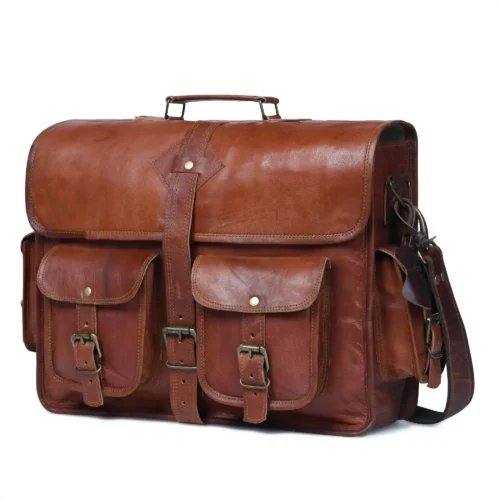

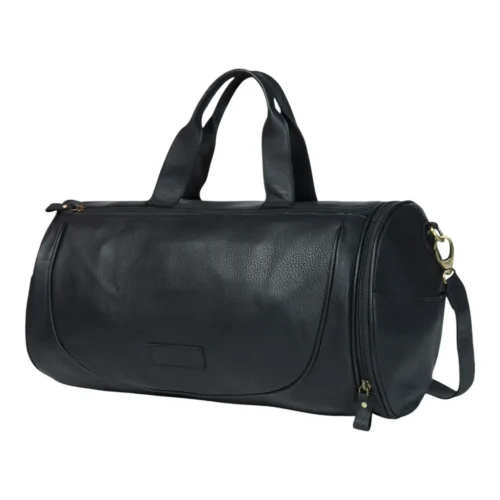

7 in stock
$140.00 – $160.00Price range: $140.00 through $160.00
8 in stock
$150.00 Original price was: $150.00.$69.00Current price is: $69.00.

